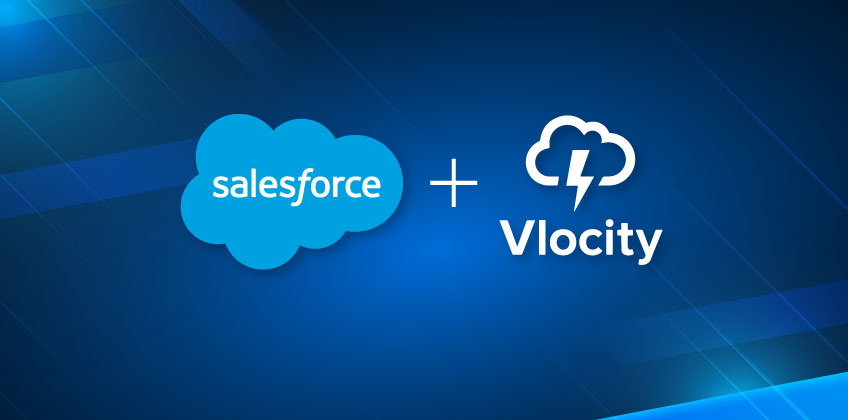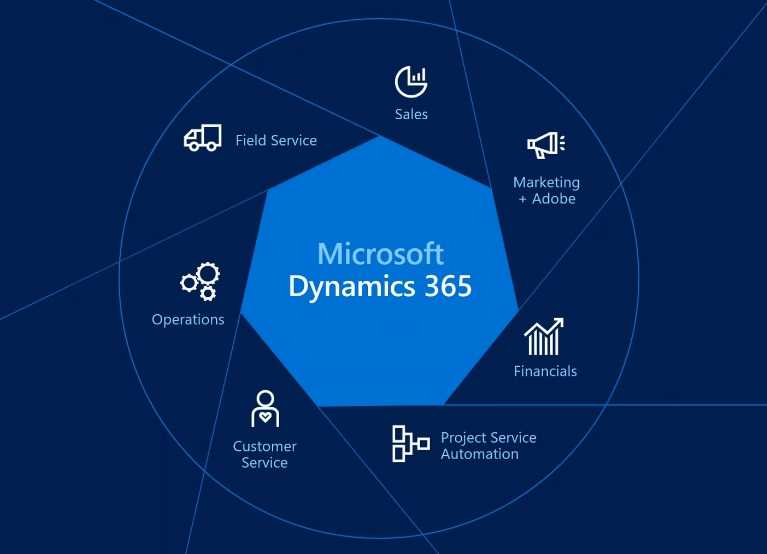Description
Introduction of Lightning Web Components in Salesforce Developer
This training program, “Salesforce Developer Training: Lightning Components and LWC Development,” is designed for developers who want to enhance their skills in building dynamic, responsive, and user-friendly applications on the Salesforce Lightning platform. Participants will learn how to develop custom Lightning Components using both the Aura framework and the newer Lightning Web Components (LWC). This comprehensive training will cover the fundamentals, best practices, and advanced techniques for creating reusable components, integrating them with Salesforce data, and optimizing performance.
Prerequisites:
To gain the most from this training, participants should have:
- A basic understanding of Salesforce platform fundamentals.
- Familiarity with Salesforce development tools (e.g., Salesforce Developer Console, Visual Studio Code).
- Knowledge of web development technologies, including HTML, CSS, and JavaScript.
- Experience with Salesforce Apex programming is recommended but not mandatory.
Table of Contents:
1: Introduction to Lightning Components and Salesforce Development
1.1 Overview of Salesforce Lightning Experience
1.2 What are Lightning Components?
1.3 Introduction to the Aura Framework vs. Lightning Web Components (LWC)
1.4 Setting up the Salesforce Developer Environment
1.5 Salesforce Developer Console
1.6 Visual Studio Code and Salesforce CLI
1.7 Creating a Salesforce Developer Org for Practice
1.8 Hands-on Exercise: Setting up the Development Environment
2: Aura Components – Basics and Fundamentals
2.1 Understanding the Aura Component Framework
2.2 Anatomy of an Aura Component
2.3 Markup (Component and Application Resources)
2.4 Controllers and Helpers
2.5 Creating Basic Aura Components
2.6 Event Handling in Aura Components
2.7 Component Events
2.8 Application Events
2.9 Data Binding and Expressions in Aura
2.10 Hands-on Exercise: Building a Simple Aura Component
3: Advanced Aura Component Development
3.1 Building Reusable Aura Components
3.2 Working with Lightning Data Service in Aura
3.3 Communicating Between Components
3.4 Aura Methods
3.5 Component Inheritance and Interfaces
3.6 Debugging and Testing Aura Components
3.7 Performance Optimization Techniques for Aura Components
3.8 Hands-on Exercise: Developing a Reusable Aura Component
4: Introduction to Lightning Web Components (LWC)
4.1 Overview of Lightning Web Components (LWC)
4.2 Benefits of LWC over Aura
4.3 Key Differences Between Aura and LWC
4.4 Setting Up LWC Development Environment
4.5 Anatomy of a Lightning Web Component
4.6 HTML, JavaScript, and CSS in LWC
4.7 Hands-on Exercise: Creating Your First LWC
5: Building and Deploying Lightning Web Components (LWC)
5.1 Lightning Web Components Lifecycle Hooks
5.2 Data Binding and Communication in LWC
5.3 @api, @track, @wire Decorators
5.4 Parent-Child Communication in LWC
5.5 Fetching and Displaying Salesforce Data with LWC
5.6 Using Apex with LWC
5.7 Lightning Data Service and @wire Decorator
5.8 Hands-on Exercise: Building an LWC with Salesforce Data Integration
6: Advanced LWC Development Techniques
6.1 Working with Complex Data Structures in LWC
6.2 Using Third-Party JavaScript Libraries in LWC
6.3 Creating Reusable LWC Components and Modules
6.4 Handling Events and Custom Events in LWC
6.5 Debugging and Testing LWC Components
6.6 Hands-on Exercise: Building a Complex LWC Application
7: Integrating Aura and LWC Components
7.1 Strategies for Coexistence: Aura and LWC in the Same Application
7.2 Migrating Aura Components to Lightning Web Components
7.3 Best Practices for Mixed Development Environments
7.4 Hands-on Exercise: Integrating Aura and LWC Components
8: Lightning Web Components in Production
8.1 Deploying Lightning Web Components to Production
8.2 Performance Optimization and Best Practices for LWCs
8.3 Accessibility and Localization in Lightning Web Components
8.4 Security Considerations in LWC Development
8.5 Hands-on Exercise: Deploying LWC Components to a Salesforce Org
9: Capstone Project and Review
9.1 Capstone Project: Developing a Complete Salesforce App Using Aura and LWC
9.2 Review of Key Concepts and Best Practices
9.3 Q&A and Troubleshooting Common Issues
9.4 Final Assessment and Certification Preparation
9.5 Hands-on Exercise: Completing the Capstone Project
10: Certification Preparation and Next Steps
10.1 Preparing for Salesforce Certified JavaScript Developer I and Platform Developer I Exams
10.2 Study Tips and Resources
10.3 Exploring Advanced Topics in Salesforce Development
10.4 Roadmap for Continuing Learning and Specialization
10.5 Closing Remarks and Course Feedback
Conclusion
By the end of this training, participants will be proficient in developing both Aura and Lightning Web Components, capable of creating robust and dynamic applications on the Salesforce platform. They will also be prepared to take the Salesforce Certified JavaScript Developer I and Platform Developer I certification exams.
If you are looking for customized info, Please contact us here
Reference







Reviews
There are no reviews yet.